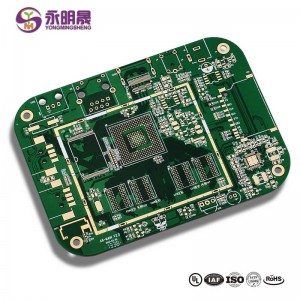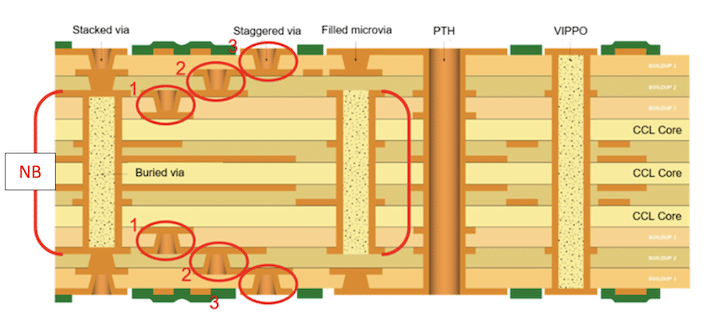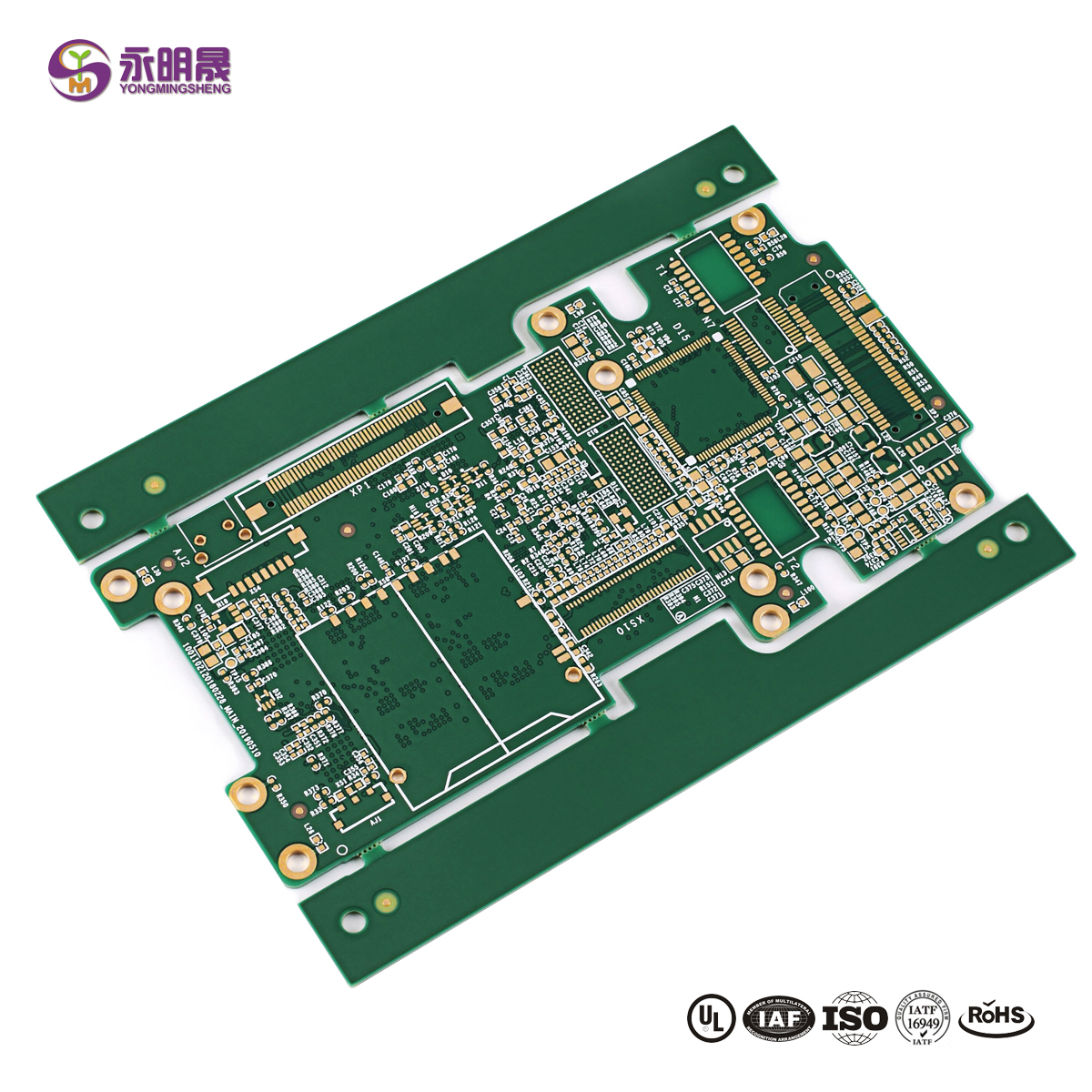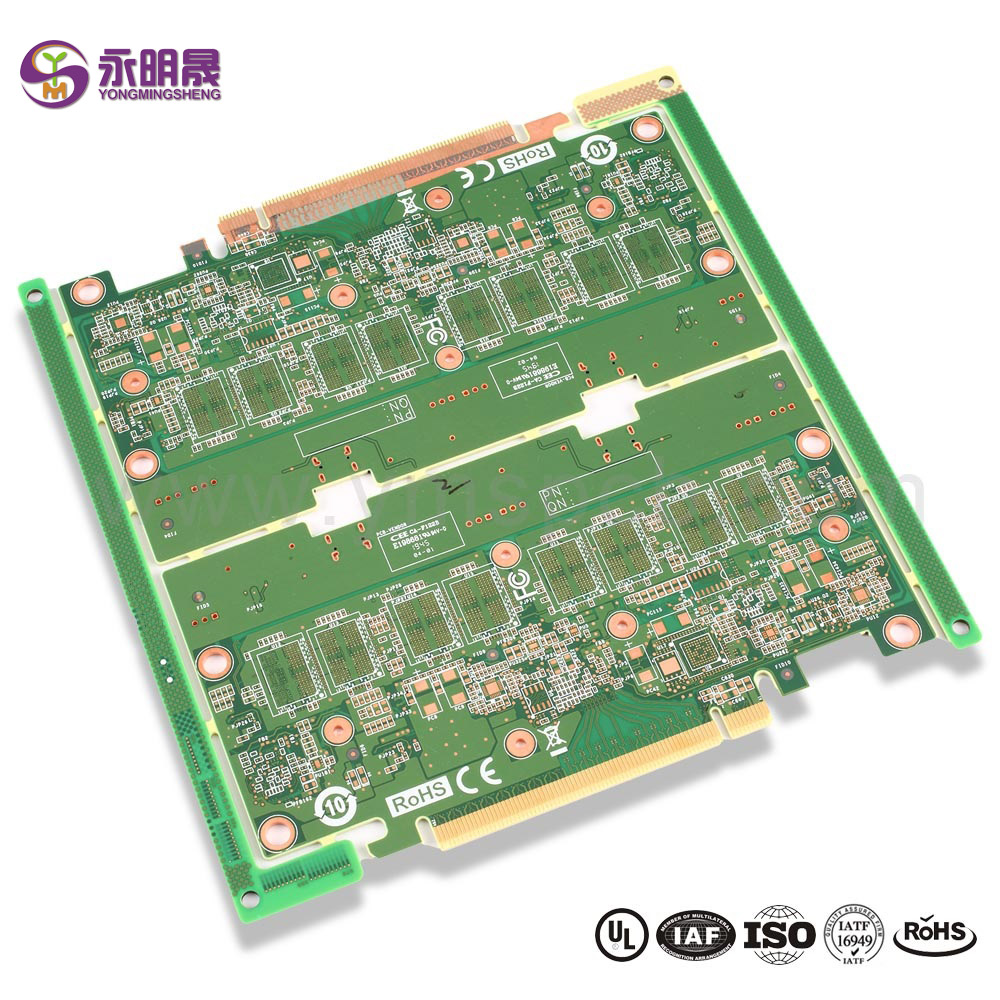Korero
-

Single-Layer vs. Multilayer PCBs – How do they differ?
Introduction Before designing a printed circuit board, you must decide whether to use a single-layer or multi-layer PCB. Both types of design are used in many everyday devices. The kind of project you are using the board for will determine which one is best for you. Multi-layer boards are mor...Pānuitia atu -

The Advantages of HDI PCBs and their Applications
If you’re in a fast-moving industry, you need to know about high density interconnect PCB. Because some of your competitors are already start to use them. High density interconnect PCBs are a way of making more room on your PCB to make them more efficient and allow for faster transmission. ...Pānuitia atu -
How Multilayer PCBs Are Made: What You Need to Know
What is High-Frequency PCB High-frequency PCBs generally provide a frequency range of 500MHz to 2 GHz, which can meet the needs of high-speed PCB design, microwave, radiofrequency and mobile applications. When the frequency is higher than 1 GHz, we can define it as high ...Pānuitia atu -

Fr4 is the best material for multilayer pcb?
One of the greatest hand-me-downs that can be passed on or embraced is a good tradition. For example, getting together with family for traditional holiday meals provides some of my most cherished memories year after year. And it is my hope that these will continue to be passed down foreve...Pānuitia atu -
What are Castellated Holes on a PCB?
Castellated Holes or Castellations are indentations created in the form of semi-plated holes on the edges of the PCB boards. These Castellations help to mount one PCB board on top of another during assembly. Depending upon the application, instead of half holes, they may also look like a small o...Pānuitia atu -
An Introduction to multllayer PCB
PCBs are the basis of all electronic devices, without which that device cannot function. Essentially PCBs, also known as Printed Circuit Boards, consist of electric components and conductive traces that are built onto a board to help connect the components and to direct electricity. PCBs can be d...Pānuitia atu -
What is the standard PCB thickness | YMS PCB
The most common PCB thickness for an FR-4 Printed Circuit Board is 1.57 mm (0.062 inch). This is most the widely used PCB thickness in the industry and is usually the default thickness offered when using the FR-4 substrate. However, as technology advances and circuits be...Pānuitia atu -

What is the difference between single and double sided PCB | YMS PCB
Chinese PCB manufacturer tells you Printed circuit boards (PCBs) can be classified based on many things, including their fabrication process, application, or design specifications. When choosing a PCB, factors such as stress, mechanical strength, electr...Pānuitia atu -

Double Sided PCB | Types of PCB | YMS
Introduction Double sided printed circuit boards (PCBs) are the most popular PCB used today. A double sided PCB, as opposed to a single side, is used in higher technology electronics because they have two-sided traces with a top and bottom layer. You can imagine a double...Pānuitia atu





